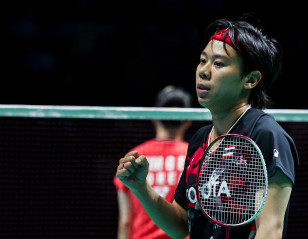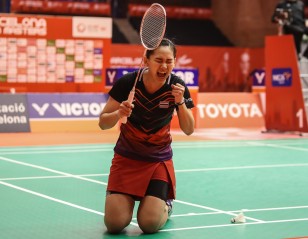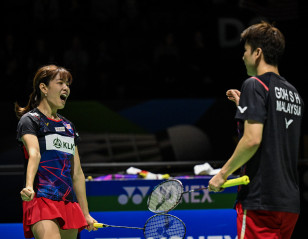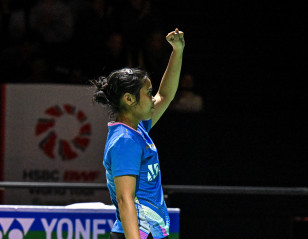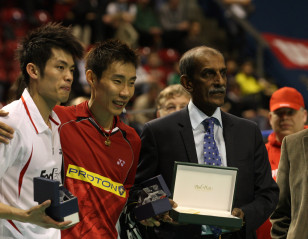
The All England: The Pre-War Years
The world’s oldest tournament, the Yonex All England Open Badminton Championships, is celebrating its 109th edition in its 121st year (twelve editions were lost due to the two World Wars). A brief overview of its long journey:
Broadly speaking, the All England had two distinct trajectories in its history. The first was its development from the turn of the century until the second World War featuring the exploits of a number of home-grown champions. The second was the post-War period when it became attractive to increasing numbers of overseas players, thereby becoming the unofficial world championships until 1977.
The Early Days
In 1898, Guildford BC staged the first-ever badminton tournament; it was so successful that the Badminton Association (of England) conducted a one-day event the next year in the drill hall of the London Scottish Rifles at Buckingham Gate, London, on 4th April. This event only had three doubles.

Singles were added the next year (1900). Over the next couple of years, the event became so popular that it was moved to the more spacious central transept of Crystal Palace, where the name of the event changed from ‘The Badminton Association Tournament’ to ‘The All-England Badminton Championships’ to show that it was open to players throughout England.
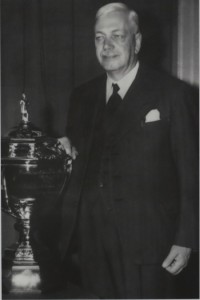
The venue would constantly change – from Crystal Palace to the London Rifle Brigade’s headquarters in Bunhill Row (1903) and then to Horticultural Hall (1910) – where it stayed for nearly thirty years.
During this period, the All England was dominated by players from the British Isles. The most famous of them was Sir George Thomas, who won an astonishing 21 titles across three categories. Sir George, who was also an excellent chess player, won his first title (mixed doubles with Ethel Thomson) in 1903 and his last 25 years later!
Other stars of the pre-War period were Frank Devlin – winner of 18 titles; Ralph Nichols, Betty Uber, Meriel Lucas and Kitty McKane (who was also a champion tennis player, with five Grand Slam singles titles).
Growth of the Event
The first foreign entrant was the Canadian champion Jack Purcell in 1931. From 1938, when a large contingent of 13 Danes arrived, the internationalisation of the game was apparent at the All England. With Tage Madsen’s men’s singles victory in 1939 the tide irreversibly changed – there wouldn’t be another men’s singles or men’s doubles champion from England.
The All England tournament of 1939, just before the War, in fact saw four of five titles going to players from outside England – Denmark’s Tage Madsen (men’s singles), Canada’s Dorothy Walton (women’s singles), Ireland’s Thomas Boyle/James Rankin (men’s doubles) and Denmark’s Ruth Dalsgaard/Tonny Olsen (women’s doubles) signalling the shift in the power structure.
(To Be Continued: The Post-War Years)





















